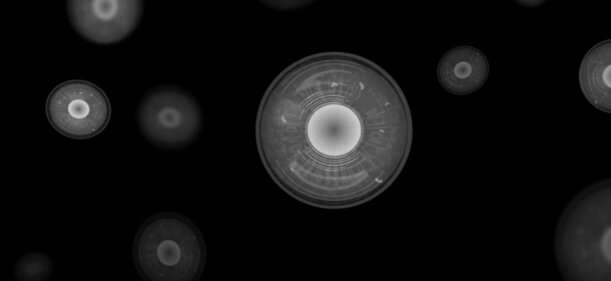Can stem cells treat COVID-19?


Niels-Bjarne Woods, a researcher at Lund University in Sweden, has developed lung-specific mesenchymal stem cells to treat inflammation of the lungs and fibrosis. This research now may be the needed breakthrough for treatment of the severe respiratory issues related to COVID-19. If the application to the Swedish Medical Products Agency goes through, a clinical study may soon be underway.
“This is not a COVID-19 vaccine, but a treatment for those who have already fallen ill. If we get the opportunity to quickly do clinical trials, we can have a treatment ready for patients long before there is a vaccine,” says Niels-Bjarne Woods.
He is head of a research group at the Department of Laboratory Medicine and has also been part of and founded the research company Amniotics AB, which has supported the preclinical studies. The results are very promising.
“So far our studies show that the lung-specific stem cells significantly reduce inflammation, and significantly reduced lung tissue damage. It is because of these pre-clinical results that we believe a treatment using these cells has the potential to both save lives and reduce the severity of the lung damage in those patients critically ill with COVID-19,” says Niels-Bjarne Woods.
The study has not yet been reviewed for publication, but a published study from 2017 is the basis for how to utilize mesenchymal stem cells from amniotic fluid.
“During the late stages of pregnancy, amniotic fluid fills the lungs of the unborn baby, something that has made it possible to develop a lung-specific mesenchymal stem cell that attacks the inflammation caused by COVID-19. The key was to understand the biology of the cells to be able to isolate them from other cells present in amniotic fluid,” says Niels-Bjarne Woods.
Using a newly developed amniotic collection device, the researchers were able to obtain an almost unlimited number of these cells for therapeutic use. The stem cells found in amniotic fluid are much better at reproducing than those in adult tissue, which means their quality is also better. This is a big change for the stem cell field in general, as more cells can be utilized.
Source: Read Full Article